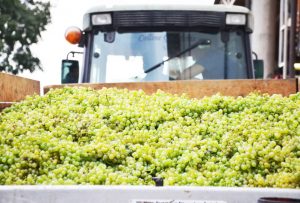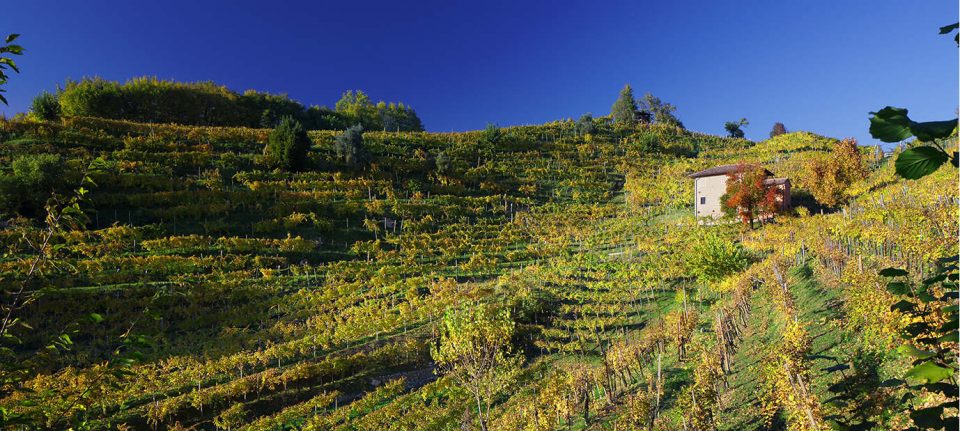Curiosity
Prosecco DOC,DOCG,DOCG Superiore di Cartizze what is the difference?

Prosecco is undoubtedly one of the most consumed Italian wines in the world; everyone loves it but there is also a lot of confusion. For many, Prosecco is made only in Valodobbiadene, for others it must be produced in Friuli Venezia Giulia. Many do not understand the difference between DOC and DOCG and when it comes to Cartizze, many “experts” look at you astonished and tell you that Cartizze is not a Prosecco.
Well … I feel the need to make some clarity.
The Prosecco wine (made at least with 85% glera grapes) can be produced only in the regions of Veneto (excluding the provinces of Rovigo and Verona) and in Friuli Venezia Giulia.
As already mentioned, at least 85% of the grapes must be Glera; for the remaining 15% the wineries can use 3 autochthonous vines: Verdiso la Bianchetta and Perera or Pinot or Chardonnay.
The naming (denomination)
The naming DOC, DOCG, DOCG Superiore di Cartizze is linked to the area the grapes are produced in.
DOC (Denominazione di Origine Controllata):
It is certainly the widest area of production, in most cases, these are new vines grown in flat areas where both the work in the vineyard and the harvesting are done with the help of machines; the yields per hectare is hight (around 170 / 180 quintals of grapes per hectare).
DOCG (Denominazione di Origine Controllata e Garantita)
It is a superior Prosecco produced in a well-defined area between Conegliano, Valdobbiadene and Asolo in Veneto; a hilly area protected by the mountains; and these hills and mountains are the reasons why Prosecco produced here is so special; the hills are rich in minerals that give taste to the wine and the mountains protect the vineyards and guarantee a mild climate.
Here the working of the vineyards and the grape harvest is manual; production per hectare drops to 120/130 quintals.
Recently in the DOCG area, 42 micro particles have been identified; these particles called “Rive” represent the DOCG Prosecco made with grapes coming only from those specific area and guarantees hight quality wines; The Prosecco of the “Rive” is necessarily vintage (as per the Prosecco regulations) and therefore the label must indicate the year of production.
DOCG superiore di Cartizze:
We can consider it the “Grand Gru” of Prosecco; practically a handkerchief of just over 100 hectares (between Valdobbiadene, Conegliano and Asolo) where the production of grapes per hectare rarely exceeds 110 quintals.
Useful information
To help you understand even better the differences, consider that the average working hours in the DOC area varies from 35 to 50 hours per hectare and, to harvest (by machine) 5 hectares it takes about 3.5 hours; in the DOCG the working hours per hectare can go up to 890 and to harvest 5 hectares (on the hills) it takes a week in 10 people.
Looking at the number of bottles produced, for the DOC it reaches 400 million a year; DOCG 100 million and for the Cartizze 1 million.
I hope I have made some clarity on the different denominations … now when you pick your Prosecco, by looking at the label you can understand where that Prosecco was produced.
The question that probably arises spontaneously now is … but how is this Prosecco made?
Well, great question! Go and read the article entitled “How Prosecco is made” to learn all about it!
See you soon
Ciao
Ilde





